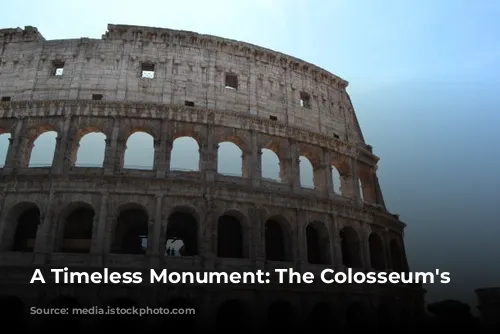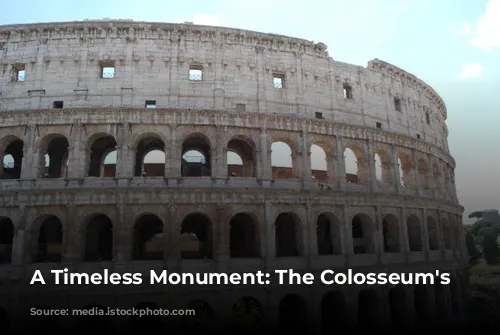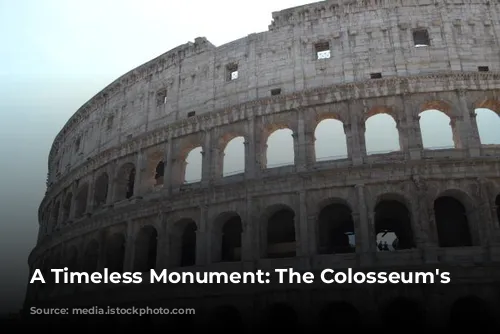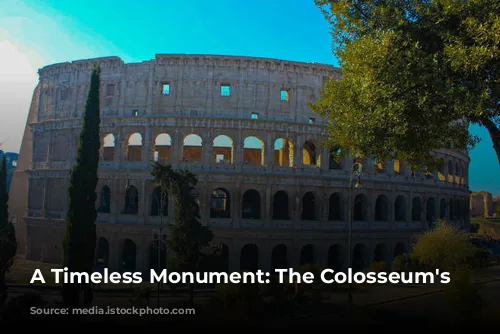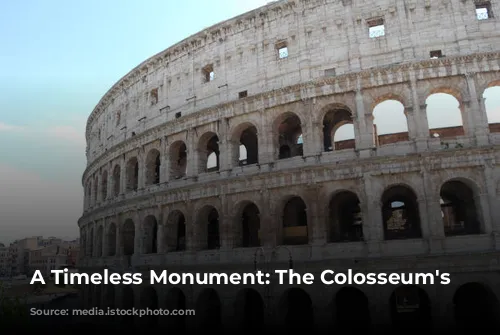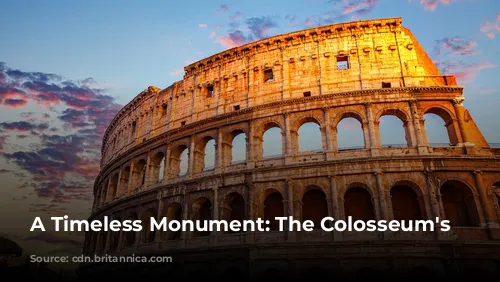The Colosseum stands tall as a testament to the architectural brilliance and engineering mastery of ancient Rome. It is a surviving marvel from a bygone era, attracting millions of visitors each year and generating significant revenue for the Italian government. In 2018 alone, the Colosseum, Roman Forum, and Palatine Hill drew in over $63.3 million (€53.8 million), making it the most lucrative tourist attraction in Italy. This iconic landmark is a powerful reminder of the grandeur and enduring legacy of the Roman Empire.
From Glory to Ruin and Back
The Colosseum’s journey has been one of both triumph and tribulation. Following the collapse of the Western Roman Empire, it fell into a state of disrepair. During the 12th century, the Frangipane and Annibaldi families claimed it as their own, transforming the arena into a fortress. In the late 15th century, Pope Alexander VI allowed the Colosseum to be used as a quarry for building materials. This period of neglect lasted for over a thousand years, until state-funded restoration efforts began in the 1990s, bringing the Colosseum back to its former glory.
A Symbol of Imperial Power
The Colosseum was built as a symbol of imperial power following the tumultuous “Year of the Four Emperors” in 69 CE. Emperor Vespasian, eager to revitalize Rome, intended the Colosseum to be a center of entertainment. This massive amphitheater played host to spectacular events, including gladiator fights, animal hunts, and even mock naval battles. The Colosseum was designed to captivate the Roman populace, showcasing the might and grandeur of the empire.

A Colossal Construction
Construction of the Colosseum began under Vespasian between 70 and 72 CE. His son and successor, Titus, dedicated the completed structure in 80 CE. The fourth story was added later by Emperor Domitian in 82 CE. Financing for this monumental project came from the plunder seized during Titus’s conquest of Jerusalem in 70 CE. This act, however, also highlights the dark side of the empire’s power, as the Colosseum was built by enslaved Jewish laborers from Judaea.
A Structure of Power and Spectacle
The Colosseum, also known as the Flavian Amphitheatre, is a remarkable architectural feat. Its elliptical form, constructed from stone, concrete, and tuff, rises four stories high. Measuring 620 by 513 feet (189 by 156 meters), it could accommodate up to 50,000 spectators. The Colosseum became synonymous with gladiatorial combat, a brutal spectacle that captivated the Roman masses.
From Humble Beginnings to Public Spectacle
The Colosseum stands on the site of Nero’s Golden House, a symbol of the emperor’s extravagant lifestyle. The artificial lake that was the centerpiece of this opulent palace was drained to make way for the Colosseum. This symbolic shift from a private pleasure ground to a public arena reflects Vespasian’s desire to replace Nero’s tyranny with a spectacle for the people. Vespasian, who rose to power from relatively humble beginnings, chose to replace Nero’s private lake with a public amphitheater, highlighting the contrast between Nero’s excesses and his own dedication to the public good.

A Masterpiece of Roman Engineering
The Colosseum’s construction was a testament to the ingenuity of Roman engineers. Unlike previous amphitheaters, which relied on hillsides for support, the Colosseum is a freestanding structure, supported by a complex system of barrel vaults and groin vaults. The exterior features three tiers of arcades framed by engaged columns in the Doric, Ionic, and Corinthian orders, showcasing Roman architectural mastery. This arrangement of columns became the basis for the Renaissance codification of architectural orders, influencing the course of Western architecture. The main structure is made of travertine, while the secondary walls are constructed of volcanic tufa. The inner bowl and arcade vaults are built with concrete.
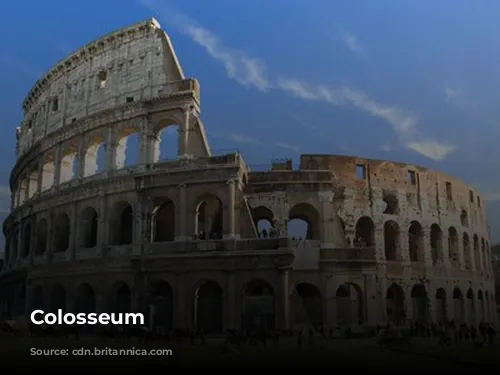
A Stage for Spectacular Events
The Colosseum was designed to accommodate tens of thousands of spectators, providing them with an unobstructed view of the arena. A massive retractable velarium, or awning, shielded them from the scorching sun. This complex system was supported by masts extending from the Colosseum’s top story and required hundreds of Roman sailors to operate. The Colosseum witnessed countless spectacles of violence and skill, including gladiatorial combat, man vs. animal battles, and even mock naval engagements. However, the Colosseum’s role in the martyrdom of early Christians remains a matter of uncertainty.
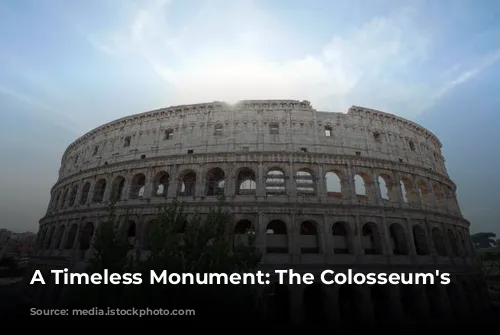
From Ruin to Restoration
Throughout the medieval period, the Colosseum underwent various transformations. It served as a church, then as a fortress for prominent Roman families. The Colosseum suffered damage from lightning, earthquakes, and vandalism, resulting in the loss of its marble seats and decorative materials. This neglect continued for over a thousand years, turning the Colosseum into a stone quarry. In the 19th century, preservation efforts began in earnest, led by Pope Pius VIII. The 1990s saw a major restoration project, bringing the Colosseum back to life.
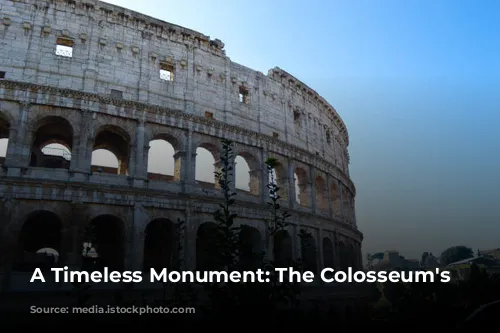
An Enduring Legacy
Today, the Colosseum is one of Rome’s most popular tourist destinations, attracting millions of visitors each year. Regular exhibitions showcasing the culture of ancient Rome are held within its walls. The Colosseum stands as a powerful reminder of the grandeur of the Roman Empire and the resilience of its architectural achievements. This iconic structure continues to inspire awe and wonder, proving that even in ruins, it remains a symbol of timeless magnificence.
